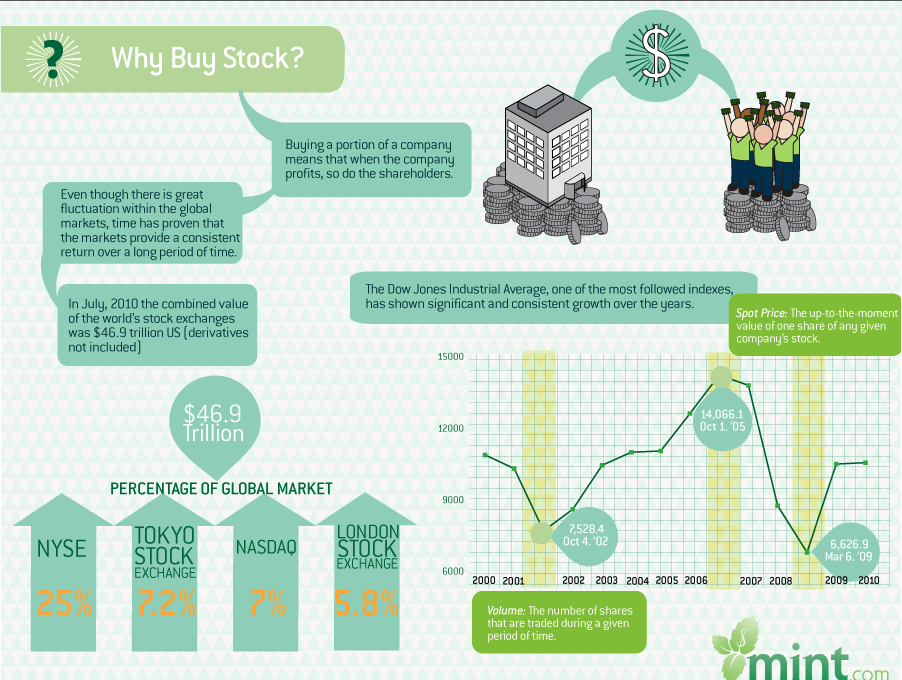Beware Hidden fees gnaw at 401(k)s
Post on: 1 Август, 2015 No Comment

SENTINEL HELP TEAM
May 1, 2008 | By Richard Burnett, Sentinel Staff Writer
It was bad enough for Sharon Tabori to see her 401(k) funds burned by the stock market turmoil. Then she saw something more galling: Thousands of dollars were being wiped out of her potential retirement savings by fees.
We just didn’t realize how much we were paying, said Tabori, who manages a high-tech company in Orlando. I have to admit I was a bit naive about this before. Now I know better.
The hidden 401(k) fees that Tabori discovered have been a bane to consumers but a bonanza for the financial sector for years, critics say.
Undisclosed or obscured charges for plan management, broker compensation and other services have siphoned money from retirement accounts while generating large profits for the industry, according to a recent report by the Government Accountability Office, the investigative arm of Congress.
Now some federal lawmakers are calling for major reforms to bring greater transparency to the sales, marketing and management of 401(k) plans and how fees are being charged against individual accounts.
They cite the GAO findings that even a single percentage-point increase in fees can cut into future retirement benefits by nearly 20 percent.
For too long, companies in the financial-services industry have maintained a stranglehold on retirement savings that they didn’t earn and that don’t belong to them, said U.S. Rep. George Miller, D-Calif. chairman of the House Education and Labor Committee and sponsor of a bill that would mandate clear, upfront disclosure of fees and potential conflicts of interest.
Industry officials argue that much of the proposal is moot, redundant and onerous because companies already do a lot to disclose fees voluntarily.
But while they may debate the specifics of reform, some financial leaders also acknowledge there is room for improvement.
[We] have advocated clear, effective disclosure for retirement plans for 30 years, says Paul Schott Stevens, chief of the Investment Company Institute, a trade group that represents mutual funds. People need clear, concise information on fees, performance, risks, the investment adviser, and investment objectives, in a form that’s easy to understand.
But critics say hidden fees are more prevalent in 401(k) plans than the financial sector would let on. People often have no idea how much comes out of their savings to pay broker/advisers, plan-management firms and other players in the 401(k) matrix, said Andrew Orr, a certified financial planner in Orlando.
The average employee is really not aware of the impact of these plan costs, he said. It is usually couched in an insider’s kind of language few understand. And that has really been to the benefit of the 401(k) plan providers for so many years. They’re making a ton of money from it.

Hidden fees have taken on greater focus since August when a federal law established a fiduciary mandate for 401(k) plan advisers, financial planners say. That means advisers or brokers involved with 401(k) plans must act in the best interests of their clients or face sanctions.
In other words, they can’t just funnel clients into plans that pay the best commissions, but don’t really add value to employee retirement savings, said Paul Auslander, president of the Central Florida chapter of the Financial Planners Association of America.
It’s become a hot-button issue, especially with the market volatility, he said. Back when annual returns were 20 percent or 30 percent, nobody seemed to care if plan advisers were sneaking 2 or 3 percent in fees. Now, it’s a different story since people are lucky if they get returns of 8 percent or 9 percent.
Though awareness of the issue has increased, it may not be that easy for people to find out how it affects them. Employees can start with a simple inquiry to their human-resources department.
Workers least affected by the issue may be those who work for larger corporations, said Dan Moisand, a certified financial planner in Maitland and former chairman of the Financial Planners Association of America.
It is tougher for small or midsize businesses to sort through the 401(k) sales pitches, Moisand said. Large companies have more resources, including sophisticated financial analysts who can gauge the cost impact of a plan.
The more transparency we have on fees, the more likely we are to bring competition into the marketplace for 401(k) plans, he said. The bottom line is that the more these costs are brought to light, the better employers will be able to make informed decisions on how to structure their plans.














